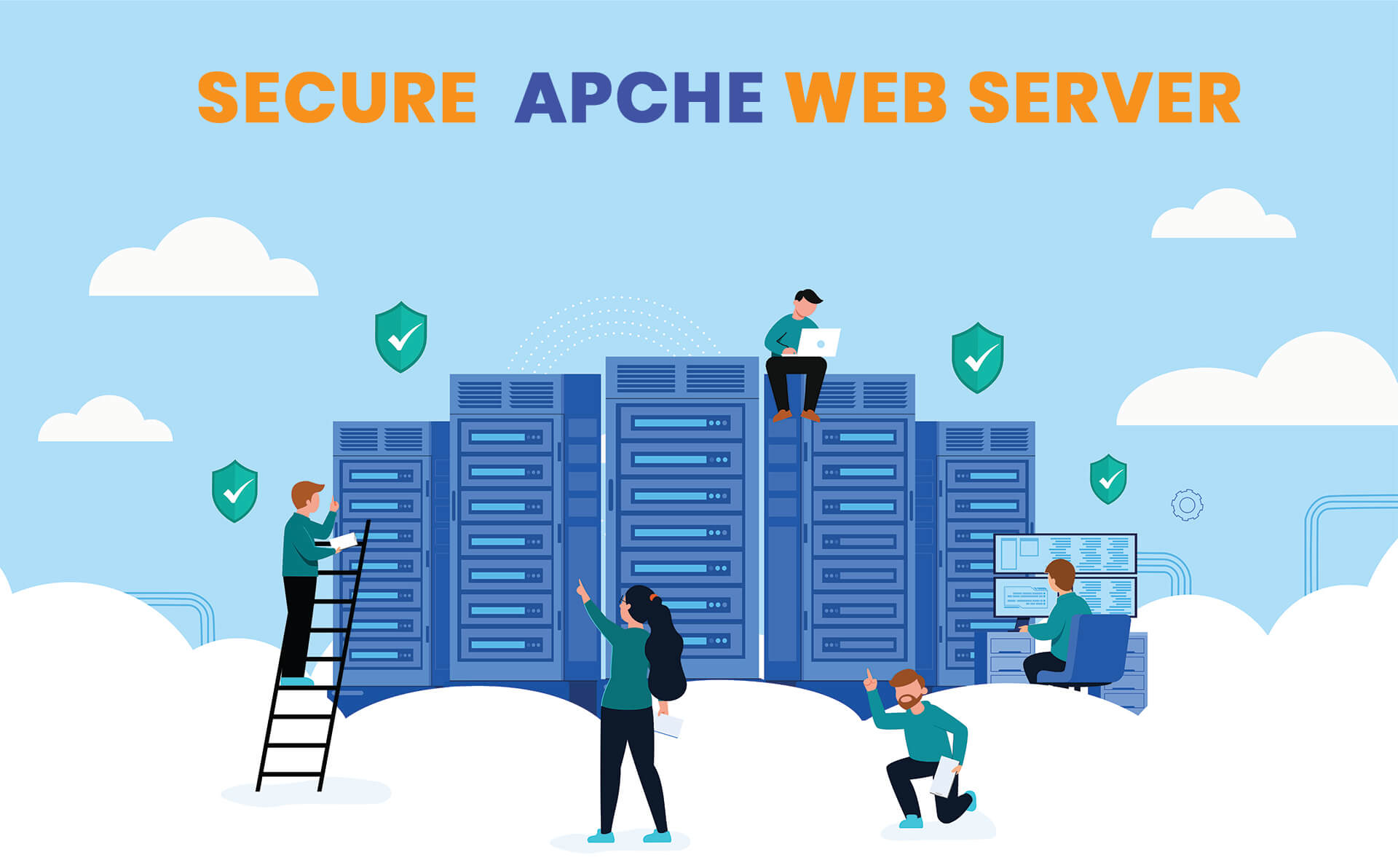System administrators face the challenge of managing diverse tools and platforms while ensuring the smooth operation and security of computer systems. However, by consolidating essential elements such as monitoring data, security benchmarking, server security automation scripts, and helpdesk functionalities into a single unified system, administrators can significantly simplify their tasks and maximize their productivity. In this blog, we will explore how integrating these components in one place can revolutionize a system administrator's role and yield numerous benefits.
Centralized Monitoring Data:
Efficient monitoring is the backbone of effective system administration, allowing administrators to track system performance, availability, and potential issues. By aggregating monitoring data from various sources, including server logs, network traffic, and application metrics, administrators gain a comprehensive view of the system's health. Centralizing this data enables quick problem identification and troubleshooting, minimizing downtime and enhancing overall system reliability.
Streamlined Security Benchmarking
In today's digital landscape, ensuring robust system security is of paramount importance. System administrators require access to up-to-date security benchmark data, encompassing best practices, compliance requirements, and vulnerability assessments. By integrating this information into a centralized system, administrators can easily review and implement security measures, reducing the risk of breaches and data loss. This centralized approach empowers administrators to stay proactive and efficiently implement security updates, bolstering system defenses.
Empowering Server Security Automation
Automation is a powerful tool for system administrators, enabling them to streamline repetitive tasks and increase productivity. By developing and utilizing server security automation scripts, administrators can automate processes like system hardening, software patching, and user management. Integrating these automation scripts within the centralized system allows administrators to execute them effortlessly, ensuring consistent security practices across all servers. This approach minimizes manual errors, strengthens system security, and frees up valuable time for administrators to focus on strategic initiatives
Unified Helpdesk Integration
The helpdesk serves as the primary interface between system administrators and end-users. By integrating helpdesk functionalities into the centralized system, administrators can streamline their workflow and provide seamless support. Efficient management of user requests, issue prioritization, and tracking becomes possible. Integration with monitoring data and security benchmarking empowers administrators to promptly detect and resolve user-reported problems. With all relevant information readily accessible, administrators can provide faster response times, improve user satisfaction, and deliver an exceptional user experience.
Conclusion:
By consolidating monitoring data, security benchmarking, server security automation scripts, and helpdesk functionalities within a single, unified system, system administrators can simplify their workflows and optimize their daily tasks. This approach enhances efficiency, reduces the potential for errors, strengthens system security, and allows administrators to focus on strategic initiatives. Embracing a centralized system empowers system administrators to create a harmonious and effective environment for managing complex computer systems, ultimately revolutionizing the role of system administration.





